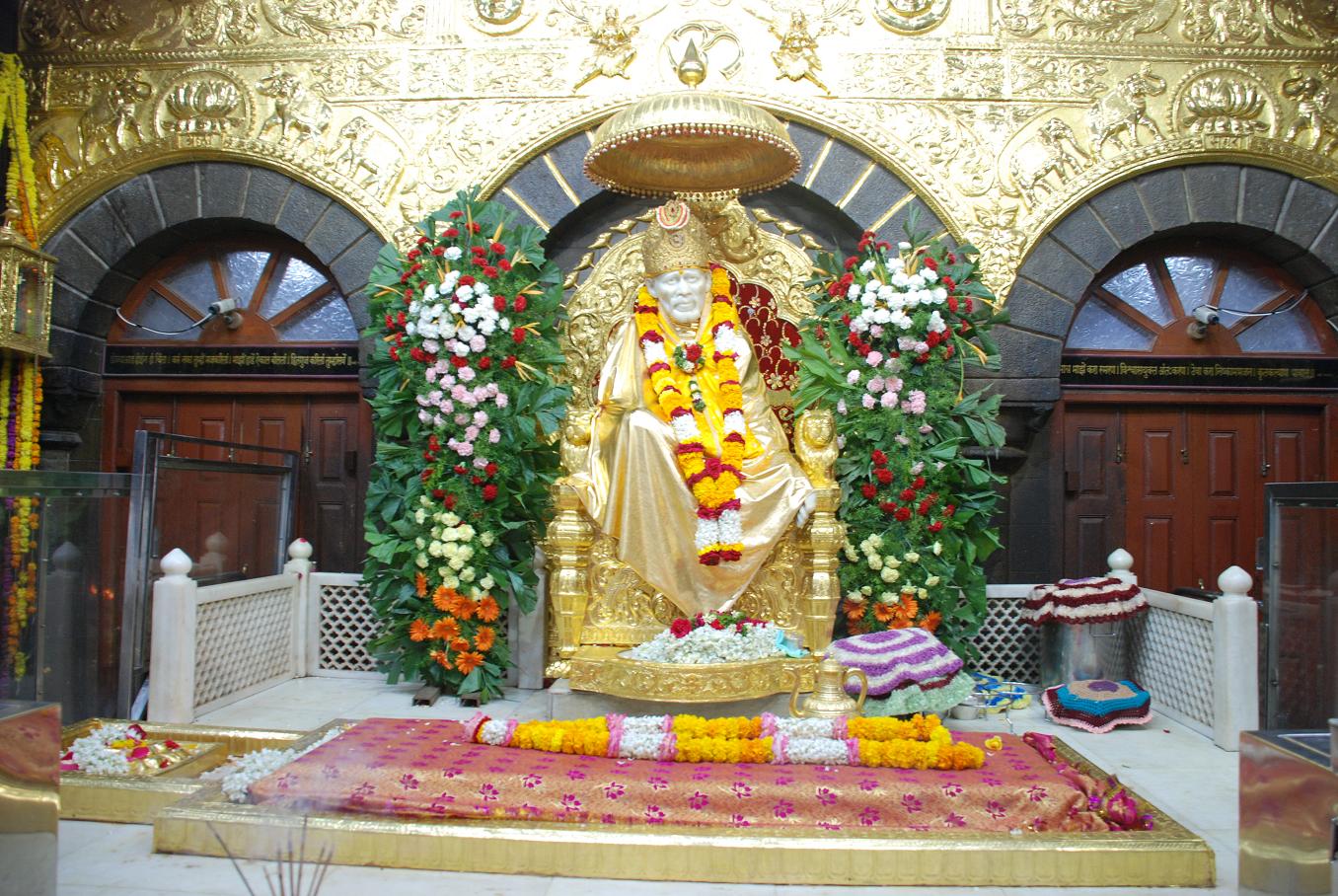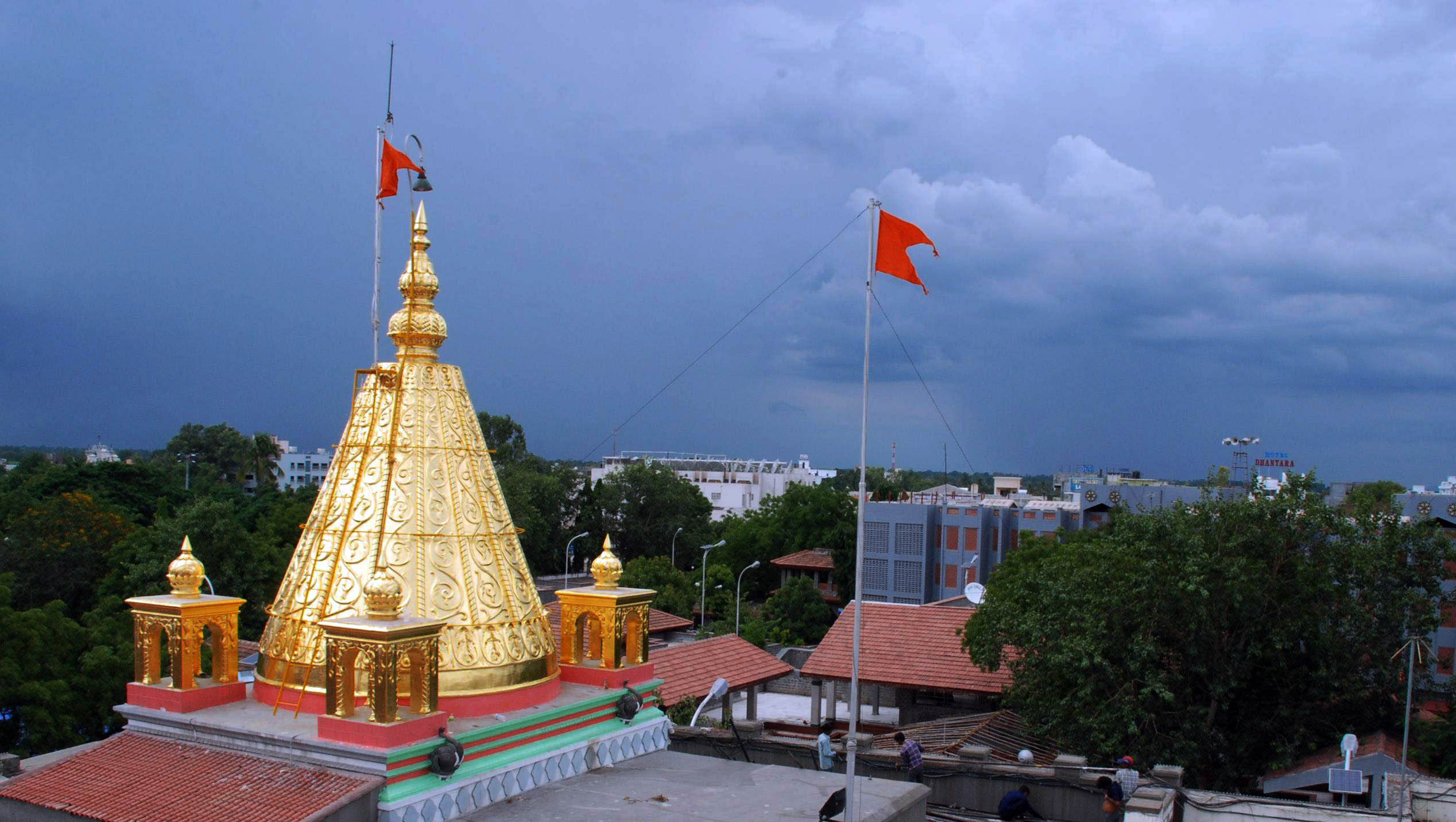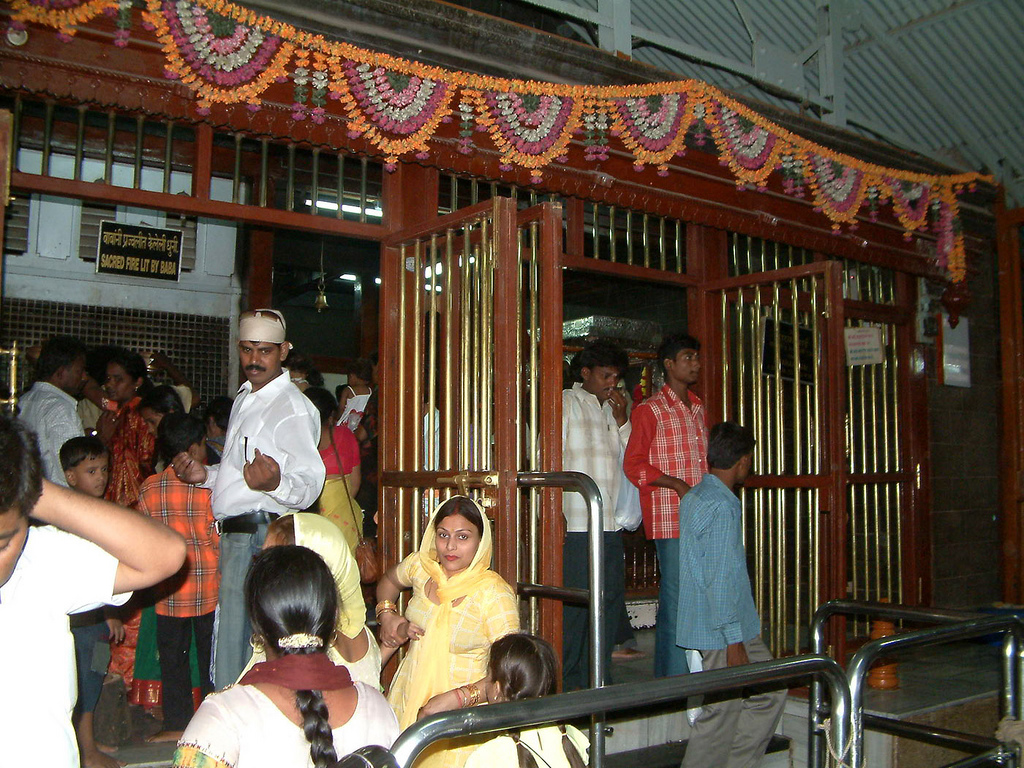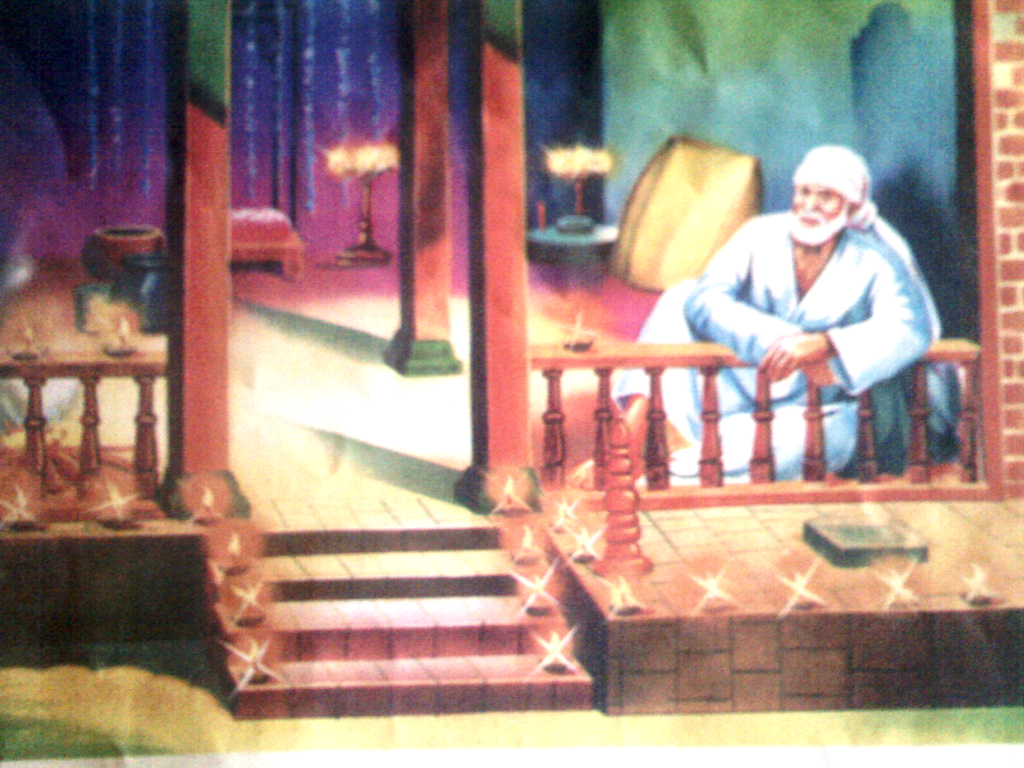 English
English


dynamite.news.com
Shirdi/ 14 Jan. A beautiful shrine built over the Samadhi of Shri Sai Baba, Shirdi Sai temple was established in 1922. Sai Baba of Shirdi was a spiritual master who is regarded by his devotees as a saint, fakir, and Satguru, according to their individual beliefs and religious inclinations. He was revered by both his Hindu and Muslim devotees, and during, as well as after, his life it remained uncertain if he was a Hindu or a Muslim.
Sai Baba is worshipped by people around the world. He gave no distinction based on religion or caste and his teachings combine elements of Hinduism and Islam. He gave the Hindu name âDwarakamayiâ to the mosque in which he lived, practiced Muslim rituals, taught using words and figures that drew from both traditions, and was buried in Shirdi. One of his well-known epigrams, âSabka Malik Ekâ (One God governs all), is associated with Hinduism, Islam and Sufism. He also said, "Trust in me and your prayer shall be answered". He always uttered âAllah Malikâ (âGod is Kingâ).
The Shirdi Sai temple can be visited from 5 AM till 10 in night. On Guru-Poornima, Dassera, and Ramnavami festivals, the temple is open overnight. On every Thursday, a palkhi with Baba's photo is taken out from the temple, which is worth a watch.

Temple complex
The temple, situated in the heart of Shirdi village located in Ahmednagar District of Maharashtra, is a major center of pilgrims from all over the world. The temple premise is spread in approximately 200 sq. metres. On an average, daily 25,000 devotees visit the temple to have the Darshan of Shri Sai baba. In the festival season, more than 1, 00,000 devotees visit the Temple every day. The Temple premises is renovated in the year 1998-99 and now is equipped with all necessary facilities like Darshan Lane, Prasad lane, Donation Counters, Prasad Counters, Canteen, Railway Reservation Counter, Book Stall etc. The accommodation facilities are also provided by the Shri Sai Baba Sansthan Trust.
Samadhi Mandir
This is the place where Sai Baba went into his Samadhi. The temple is built of stones whereas the Samadhi is built up of white marbles, with beautiful ornamental decorations. Behind the Samadhi, there is an idol of Sai Baba which shows him seated on a throne. The idol is made up of pure Italian marble and is a masterpiece. It appears as if Sai Baba is about to speak to his devotees.

Dwarkamai
After coming to Shirdi, Sai Baba stayed at Dwarkamai till end days of his life. The mosque is situated on the right side of Samadhi Mandir where Sai Baba used to meet his devotees and solved their problems. The sacred fire 'Dhuni' lighted by Sai Baba has been constantly burning for more than a hundred years now. The sacred ash 'Udi' is collected twice every day and is distributed among the devotees. A life size portrait of Sai Baba at his sitting place inside the mosque premises is definitely generates awe in its visitors.

History
At the beginning of eighteenth century, Shri Sai baba arrived at the village of Shirdi in Ahmednagar district of Maharashtra and remained their till his death. He found shelter in Khandoba temple, where a villager who was a Mahalsapathi in the temple addressed him as Sai or Saint Sai baba. Sai baba lived between 1838 and 1918. His real name, birthplace and date of birth are not yet known. A spiritual guru and a fakir, Sai baba had no love for materialistic things and his sole concern was self-realization. He taught a moral code of love, forgiveness, helping others, charity, contentment, inner peace, and devotion to God and guru. The saint was wroshipped by both Hindu and Muslim followers. He lived in a mosque and after death his body was cremated in a temple.